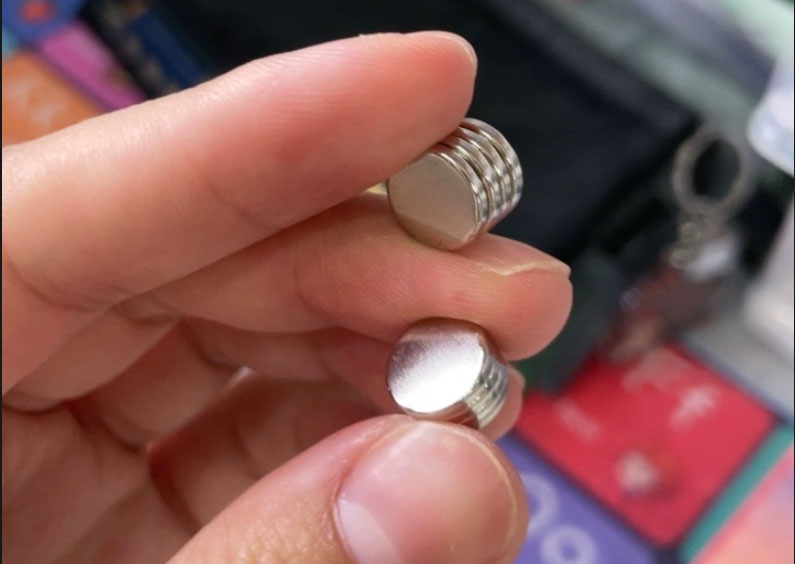Hall effect is a very common sensor, the application is very wide, its working principle is based on the Hall effect, a lot of people are curious, Hall effect sensors must be triggered by a magnet?
The answer is “not necessarily”, but Hall sensors must rely on a magnetic field to work. Whether or not an additional magnet is required depends on the specific application and whether or not the object under test has its own magnetic field.
In most cases, Hall sensors need to be used in conjunction with magnets, especially if the object to be measured does not generate a magnetic field of its own. Examples of typical applications are position detection, speed measurement, and switching applications. That is, if the object under test does not provide a magnetic field, an external magnet must be applied to generate the trigger condition.
A typical Hall effect sensor induction magnet - circular/disc shape, with a diameter of 12 millimeters and an induction distance of approximately 20mm.

Returning to the scenario where no additional magnets are required, when the object under test carries its own magnetic field or current, Hall sensors can work directly with these magnetic fields.
Whether or not additional magnets are required, Hall sensors rely on magnetic fields for their triggering nature. Its output signal is directly related to the strength and direction of the magnetic field.
Hall Sensor Sensing Magnet Selection Guide;
Hall sensors are sensitive to the direction of the magnetic field and need to ensure that the magnet polarity matches the sensor.
The magnet's magnetic field strength needs to meet the sensor's minimum trigger threshold (typically a few millitesla).
Magnetic field strength decays with distance, and the material of the magnet needs to be optimized for its position relative to the sensor.
To summarize, it is a statement that Hall effect sensors must rely on a magnetic field for triggering, but the source of the magnetic field is not limited to magnets.
Select sample: https://www.couragemagnet.com/hall-effect-sensor-magnets/
Content Related Articles;
Hall Sensor General Purpose Magnets - Radial 2 Pole Round Shape
Which side of the magnet should be induced by the Hall sensor?
 China Neodymium And Ferrite Magnets Manufacturer & Supplier
China Neodymium And Ferrite Magnets Manufacturer & Supplier 


